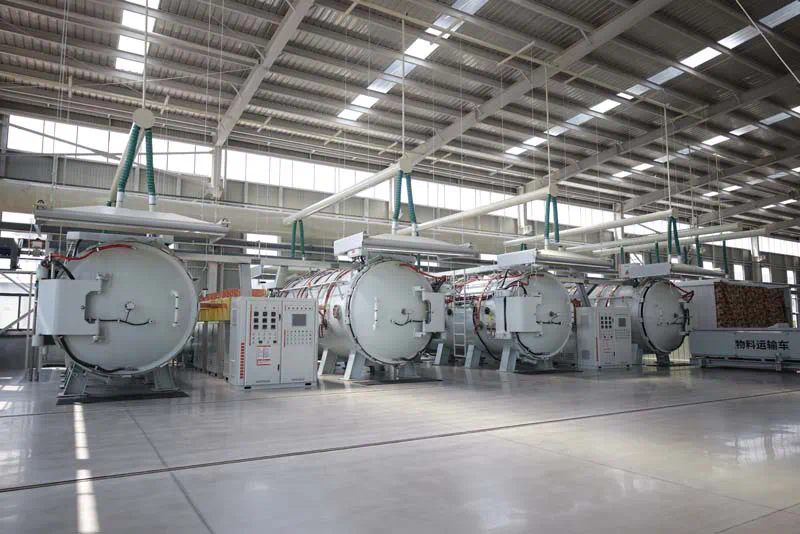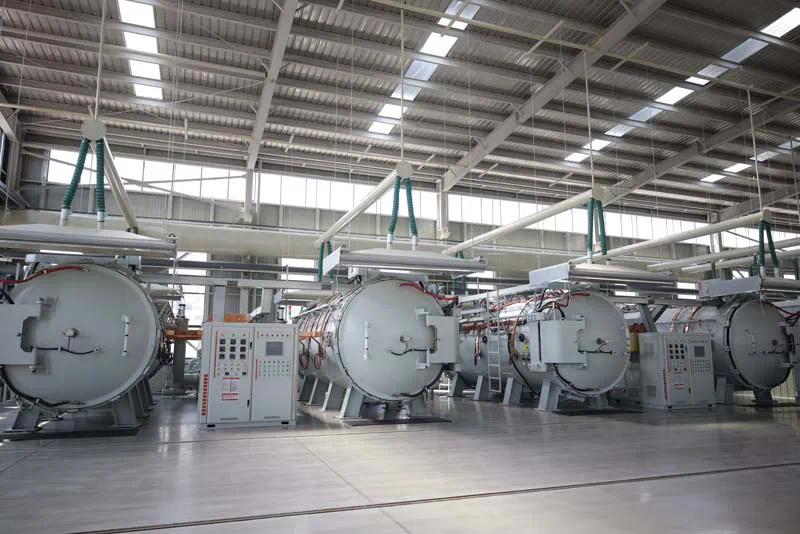Silicon carbide (SiC) has emerged as a crucial material in the field of semiconductor devices due to its unique properties that offer superior performance compared to traditional silicon-based devices. In recent years, significant advancements have been made in the crystal growth technology of silicon carbide, paving the way for enhanced device performance, reliability, and scalability. This article explores the latest developments in SiC crystal growth technology, encompassing various methods, challenges, and future prospects.
Introduction to Silicon Carbide

Silicon carbide, a compound of silicon and carbon, is known for its exceptional hardness, thermal conductivity, and wide bandgap. These properties make it suitable for high-power and high-frequency electronic devices, as well as for silicon carbide uses applications in harsh environments where traditional semiconductors would fail. The material exists in several polytypes, with 4H-SiC and 6H-SiC being the most common due to their stability and crystal structure.
Historical Perspective and Early Challenges
The journey of silicon carbide as a semiconductor material began with its discovery in the late 19th century. However, its commercial viability was hindered by challenges in crystal quality, defects, and high production costs. Early growth methods such as the Lely process and sublimation methods provided a foundation but lacked scalability and precision required for modern semiconductor applications.
Evolution of Crystal Growth Techniques
1. Lely Method
The Lely method, developed in the mid-20th century, involves sublimating silicon carbide powder in an inert atmosphere at high temperatures, resulting in the deposition of SiC crystals on a seed crystal. While this method was revolutionary at the time, it produced crystals with significant defects and limitations in size and quality.
2. Modified Lely and Sublimation Methods
To address the limitations of the original Lely method, researchers introduced modifications such as the addition of dopants to control crystal properties and improvements in crucible design to minimize impurities. Sublimation methods, including physical vapor transport (PVT) and chemical vapor transport (CVT), became popular for producing larger and higher-quality SiC crystals suitable for device fabrication.
3. Advances in Solution Growth
Solution growth techniques, such as the modified Kyropoulos method and the more recent solution growth under high-temperature conditions, have enabled the production of large single crystals with reduced defects and improved homogeneity. These methods utilize solvent systems that facilitate the controlled growth of SiC crystals from a molten state, offering scalability and potential cost-effectiveness for industrial applications.
Current State-of-the-Art Techniques
1. Physical Vapor Transport (PVT)
PVT remains a dominant method for producing high-purity SiC crystals. It involves transporting SiC vapor from a silicon carbide band gap source material (e.g., a polycrystalline SiC boule) to a cooler seed crystal, where it condenses and forms a single crystal. Advanced PVT techniques incorporate precise temperature control, gas flow dynamics, and doping strategies to enhance crystal quality and size.
2. Chemical Vapor Deposition (CVD)
CVD has gained popularity for depositing thin SiC layers and epitaxial growth on silicon substrates. By introducing precursors such as silane and methane in a reactor at high temperatures, CVD enables the controlled deposition of SiC films with tailored properties. This method is crucial for manufacturing SiC-based power electronics and optoelectronic devices.
3. Epitaxial Growth Techniques

Epitaxial growth techniques, including hydride vapor phase epitaxy (HVPE) and metalorganic chemical vapor deposition (MOCVD), are pivotal for producing thin, defect-free SiC layers on substrates. HVPE utilizes a reaction between silicon chlorides and hydrocarbons to deposit SiC epitaxial layers, while MOCVD employs organometallic precursors for controlled layer-by-layer growth.
Challenges in Silicon Carbide Crystal Growth
Despite significant progress, several challenges persist in SiC crystal growth technology:
– Defect Management: The presence of defects such as micropipes, screw dislocations, and stacking faults affects device performance and yield.
– Uniformity and Homogeneity: Achieving uniformity in crystal quality and doping concentration across large-area wafers remains a challenge.
– Cost and Scalability: The high cost of SiC substrates and the scalability of growth methods for mass production hinder widespread adoption in consumer electronics.
Future Directions and Emerging Technologies
1. Defect Engineering and Control
Ongoing research focuses on novel defect engineering strategies, including defect annihilation techniques and advanced crystal growth simulations to mitigate defects and improve material properties.
2. Quantum Technologies
SiC’s unique quantum properties, such as spin states and quantum coherence, hold promise for applications in quantum computing, sensing, and communication technologies. Future advancements in crystal growth will play a pivotal role in harnessing these quantum phenomena.
3. Integration with Other Materials

Exploring hybrid materials and heterostructures involving SiC with other semiconductors (e.g., gallium nitride, graphene) could lead to enhanced device functionalities and new applications in integrated photonics, sensor arrays, and high-frequency electronics.
Conclusion
In conclusion, the field of silicon carbide crystal growth technology has witnessed remarkable advancements, driven by the demand for high-performance semiconductor devices and emerging applications in power electronics, photonics, and quantum technologies. Despite existing challenges, ongoing research and innovation promise to further enhance crystal quality, scalability, and cost-effectiveness, thereby solidifying SiC’s position as a cornerstone material for future semiconductor innovations.
https://inorthshore.com/
